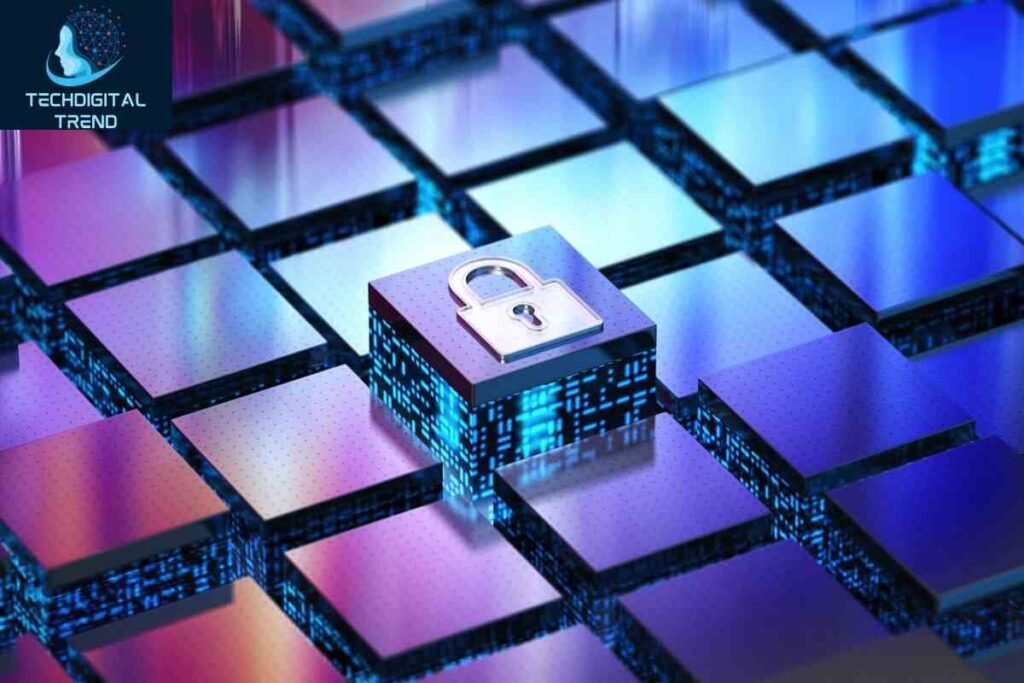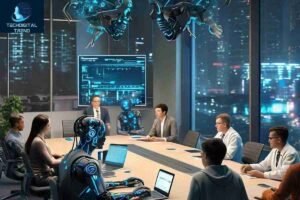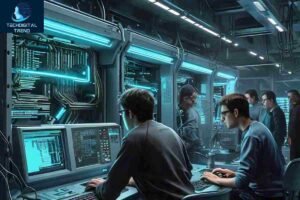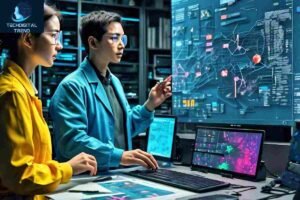“Strong Together” served as this year’s RSA Conference theme. “Strong Together” is almost applicable to anything. It emphasizes the value of cooperation and teamwork in achieving a common objective. In a societal setting, it might allude to society’s concerted attempts to repel the evils that threaten mankind.
In the context of cybersecurity, “Strong Together” might also signify the following, in my opinion.
Table of Contents
Toggle• Strong together: Utilize technology, people, and processes to empower.
A successful security defense strategy requires two key elements. First, people’s knowledge of security issues must be consistently raised. Second, everyone must follow the right procedures. Knowledge and procedures go hand in hand. Without both, a security defense strategy will fail. Raising awareness is not enough without proper procedures. Following procedures is not enough without awareness. Both are essential for success.
A junior-level national guardsman caused a recent security breach. He was an IT contractor and released sensitive Pentagon papers to the public. This incident shows that “top-secret” documents are not secure without proper access control. The agency failed to implement procedures and regulations consistently. This lack of control led to the data breach. No matter how many security measures are in place, breaches can still happen without proper access control.
Access control is a crucial security domain. It is equally important and vulnerable. Access control is needed at two key places: the network perimeter and in the cloud. Both areas require strong access control measures. This ensures only authorized access is allowed. Unauthorized access is prevented.
These are the entrances to digital resources and programs. Granular access control, authorizations, and user authentication are all part of access management. Sophisticated technologies can reduce the attack surface. IAM and ZTNA are two such technologies. They include methods like MFA (Multi-Factor Authentication). Weak password prevention is another method. Robot detection is also included. Credential management is another feature. These technologies reduce the attack surface at corporate and cloud network borders.
Attacks can still happen even with precautions. This can occur if someone loses their user credentials at work. It can also happen if someone clicks on a phishing email link that appears genuine. This link is created by a hacker. The hacker gets a simple entry point to infiltrate and launch more attacks.
A doctor’s office had a username and password written on a Post-it note. The note was stuck on the computer monitor. This was likely done for convenience. However, it was a security risk. A malicious visitor could have taken a photo of the note. This could have put the entire hospital network at risk of a security breach.
Cloud-native application development is challenging. This is due to the diversity of the cloud environment. The size of the cloud also adds complexity. Runtime dynamics make it even harder. Security is a major concern. Enterprises face these challenges when moving to the cloud. Development, deployment, and runtime management become more difficult.
A new security platform is called CNAPP (Cloud Native Application Protection Platform). CNAPP is used by security solution providers and cloud service providers. It protects cloud-native applications. CNAPP has a key component: DevSecOps. DevSecOps adds security measures early in the app development process. This ensures security checkpoints are in place early on. Security issues are prevented later on. CNAPP helps secure apps from the start.
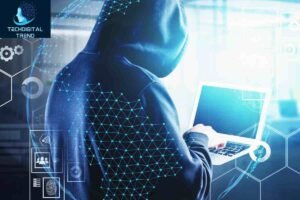
Recognizing security threats helps developers take action. This leads to creating a secure application design. DevSecOps is another example of cooperation improving security. DevSecOps requires cooperation across people, methodologies, and processes. This improves the software development process security. At this year’s RSA, many businesses offered DevSecOps solutions. These solutions connect with CI/CD and cloud application development. They help improve security in the software development process.
People, technology, and processes must work together. They must collaborate in various cybersecurity areas. These areas include exchanging threat intelligence. They also include teaming up on incident response. Cybersecurity is a dynamic and complicated field. It requires cooperation and ongoing development. The three elements can work together to enhance security. They can tackle obstacles and establish robust security measures. This collaboration leads to durable security measures.
• Strong Together: Integrate security technologies to empower.
Businesses have changed their operations and procedures to work Strong Together. They did this to address the pandemic’s effects. Teleworking and remote work have replaced traditional offices, requiring companies to be Strong Together in their security efforts. Companies have moved more processes and applications to the cloud, and by working Strong Together with their security teams, they can ensure a safe transition. They have increased cloud-based apps and SaaS services. SaaS application spending rose by 35% between 2020 and 2022. Gartner predicts this trend will continue beyond 2023. Remote work and cloud migration expand network security boundaries. They also expose more security vulnerabilities. New security issues are created.
Single-point security products have limitations. They can’t detect or neutralize complex attacks. Attacks are now more sophisticated and stealthy. They mutate quickly and are unpredictable. Point solutions lag behind evolving attack strategies. They have blind spots and limitations. Multiple solutions are being combined into unified, multi-layered approaches. XDR (Extended Detection and Response) platforms are an example. XDR enhances endpoint detection and response (EDR). It adds network detection and response (NDR) and uses AI/ML. XDR connects with threat intelligence and automation tools. It analyzes events, security logs, and data from multiple sources. XDR helps security experts identify and counter threats. It’s a useful tool for security operation centers (SOC).
Empower via process, technology, and people cooperation for stronger and better security. Empower with the help of technology. This is what, in my opinion, the “Strong Together” theme for this year means in terms of cyber security today.
Open this link: https://securelifefitness.com/how-tighten-your-body-line-with-hero-pose-3/

